A new study reveals a growing healthspan-lifespan gap, highlighting that while life expectancy is increasing, the years lived in good health are not keeping pace. This means we are living longer but with more years burdened by disease.
When considering how we want to age, we often focus on numerical terms like living until 100. However, a new study suggests we should look beyond the number of birthdays. Analyzing data from 183 World Health Organization member states, including Australia, researchers examined the healthspan-lifespan gap, the difference between years lived in good health and total years lived. Australia ranks high with a gap of 12.1 years, second only to the United States (12.4 years).
Globally, the mean gap has increased to 9.6 years in the past two decades. While life expectancy has risen dramatically, health-adjusted life expectancy (years lived without disease) has remained relatively stagnant. This means we are living longer but with a greater proportion of our lives burdened by disease. Musculoskeletal diseases, mental and substance use disorders, and neurological disorders contribute most to this disease burden. Professor Luigi Fontana, scientific director of the University of Sydney’s Charles Perkins Centre, acknowledges advancements in medicine have improved treatment for acute morbidity, allowing us to live longer. However, he points out that factors like obesity and lifestyle diseases, even among younger people, hinder our quality of life. Jaya Dantas, a professor of international health at Curtin University, highlights that countries like Rwanda and Nigeria have seen significant increases in both healthspan and lifespan, partly due to reduced conflict and healthcare advancements
Healthspan Lifespan Disease Burden Lifestyle Diseases Health
Australia Latest News, Australia Headlines
Similar News:You can also read news stories similar to this one that we have collected from other news sources.
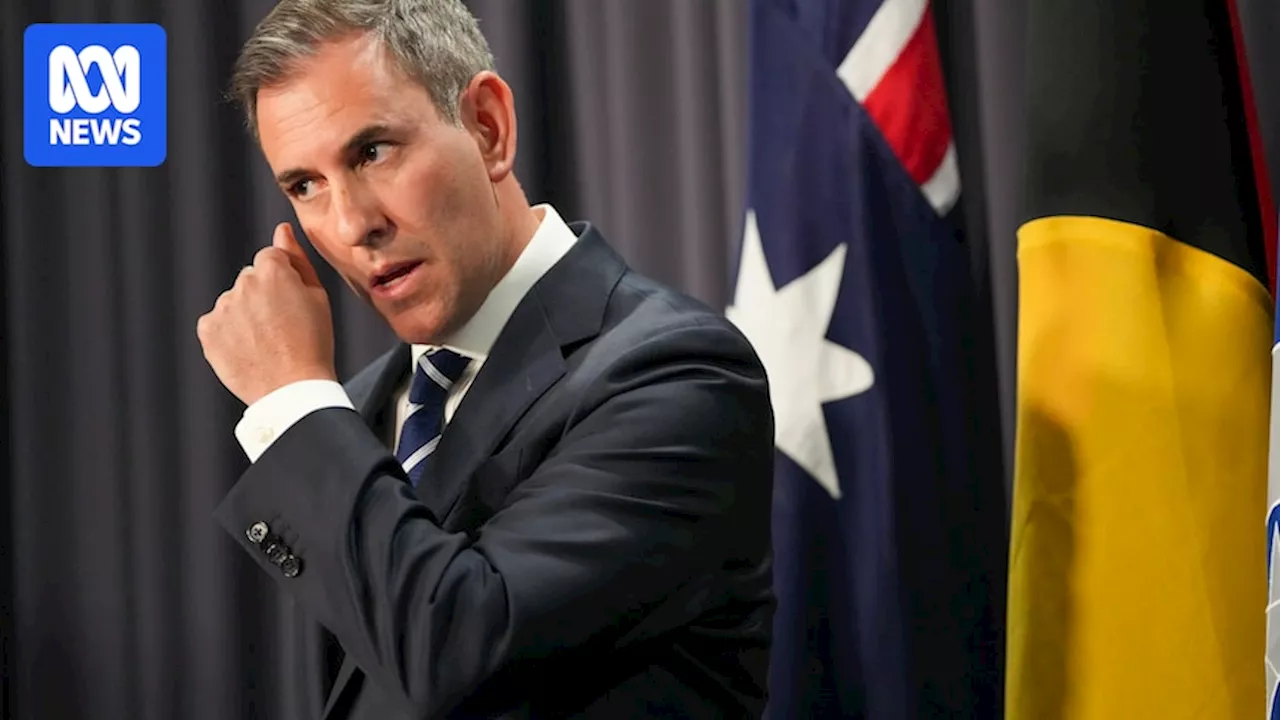 Budget Deficit Widens Despite 'Luck' and Government EffortsThe Australian government's budget is projected to deepen into deficit over the next four years, despite recent positive revenue surprises. The Treasurer emphasizes the need for responsible economic management and points to the impact of the war in Ukraine on budget projections.
Budget Deficit Widens Despite 'Luck' and Government EffortsThe Australian government's budget is projected to deepen into deficit over the next four years, despite recent positive revenue surprises. The Treasurer emphasizes the need for responsible economic management and points to the impact of the war in Ukraine on budget projections.
Read more »
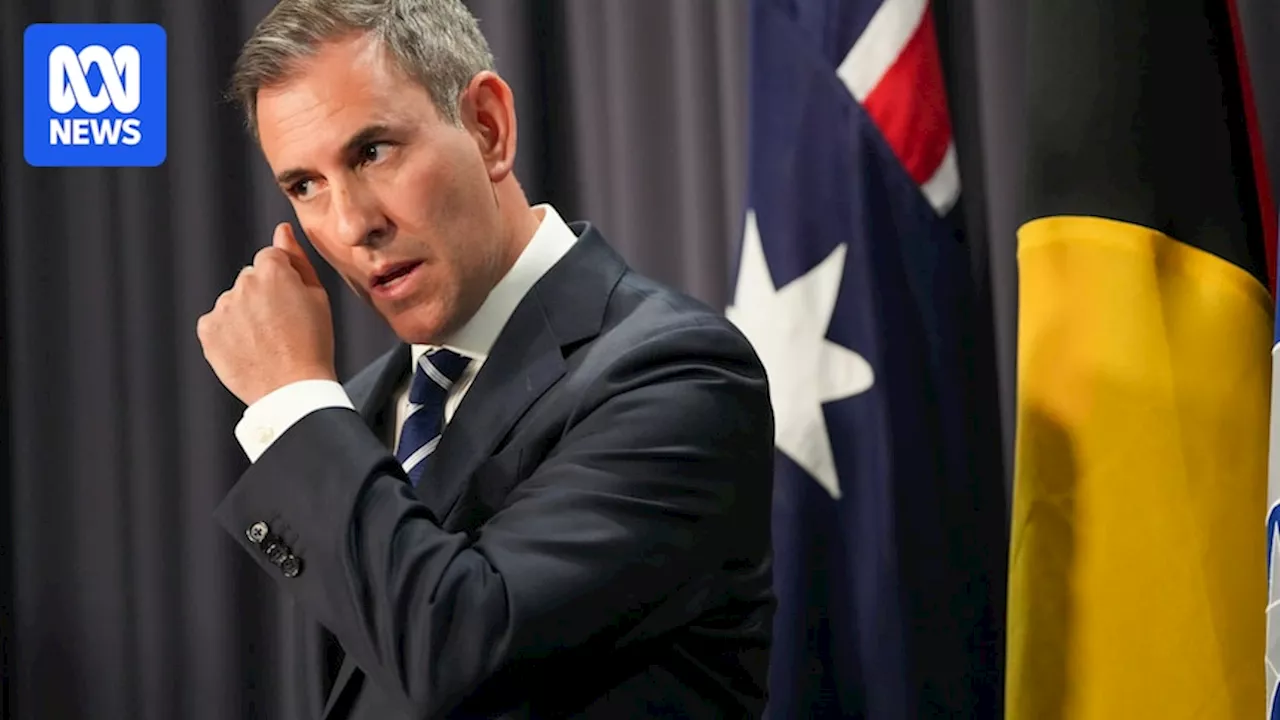 Budget Deficit Widens Despite Revenue GainsAustralia's budget deficit is projected to grow over the next four years, despite strong revenue performance. The Treasurer highlights the government's efforts to manage the budget responsibly while acknowledging the impact of unforeseen events like the war in Ukraine.
Budget Deficit Widens Despite Revenue GainsAustralia's budget deficit is projected to grow over the next four years, despite strong revenue performance. The Treasurer highlights the government's efforts to manage the budget responsibly while acknowledging the impact of unforeseen events like the war in Ukraine.
Read more »
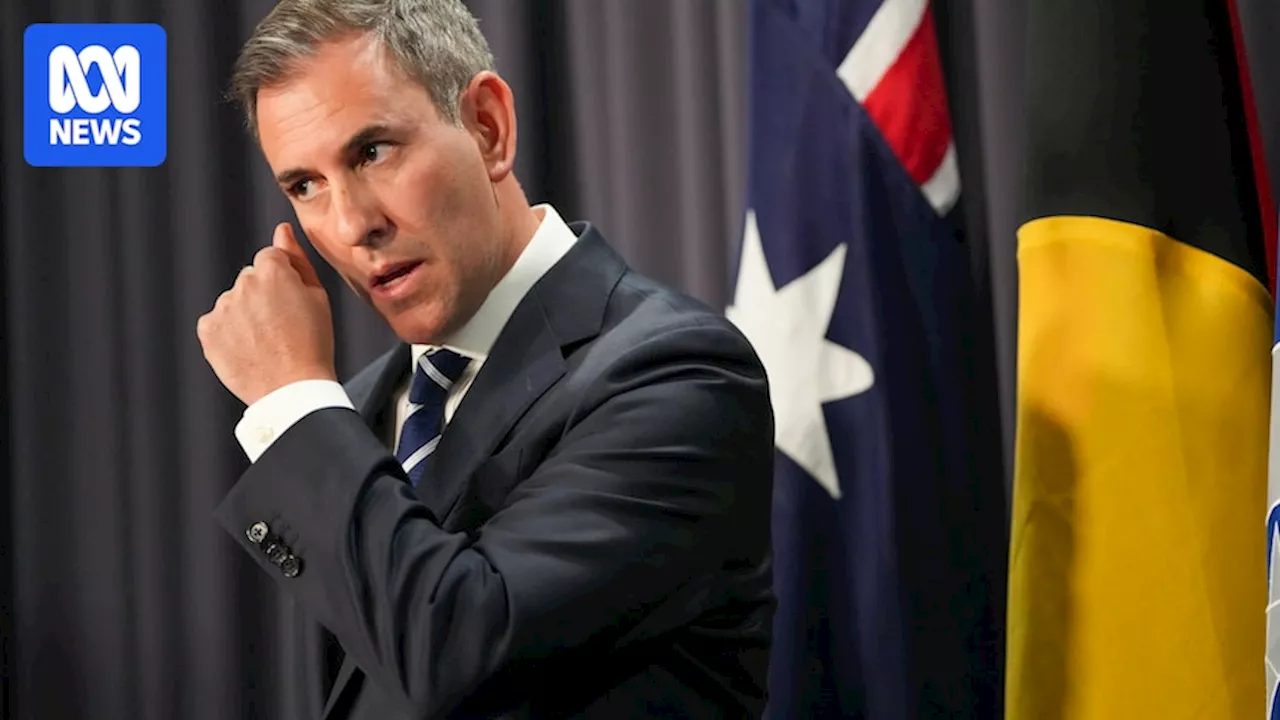 Australia's Budget Deficit Widens Amidst Spending Pressures and Migration SurgeAustralia faces a growing budget deficit over the next four years due to rising spending and a surge in migration. The government acknowledges the need for tax reform, while Philip highlights concerns about the private sector's weakness and China's economic slowdown.
Australia's Budget Deficit Widens Amidst Spending Pressures and Migration SurgeAustralia faces a growing budget deficit over the next four years due to rising spending and a surge in migration. The government acknowledges the need for tax reform, while Philip highlights concerns about the private sector's weakness and China's economic slowdown.
Read more »
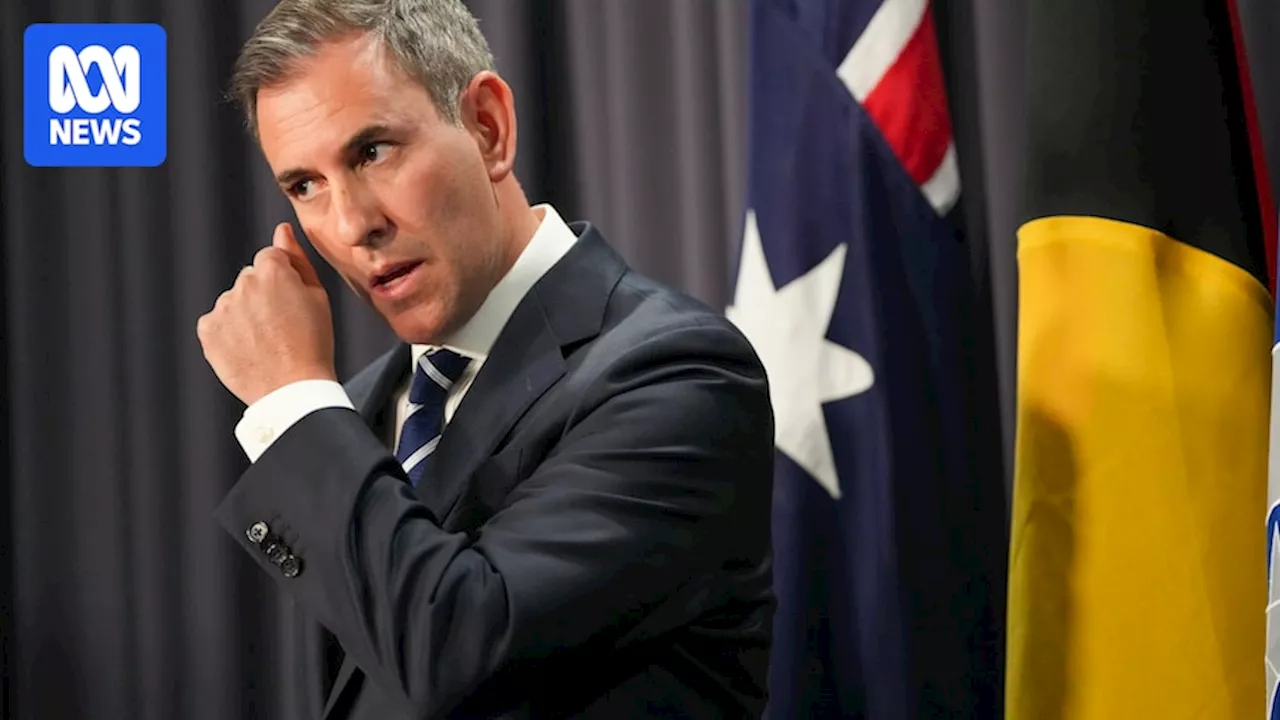 Australia's Budget Deficit Widens, Migration Surge Fuels Housing PressuresAustralia's budget deficit is projected to deepen over the next four years due to rising spending pressures outweighing better-than-expected revenues. The government acknowledges challenges in areas like defense, energy, and housing, but emphasizes the need for tax reform to lessen reliance on personal income tax. The MYEFO report highlights government spending and migration as supporting the economy, while noting a weak private sector and the impact of China's slowdown. Additionally, Australia's migrant population is expected to exceed government projections by 80,000 this year, putting further strain on the housing and rental markets.
Australia's Budget Deficit Widens, Migration Surge Fuels Housing PressuresAustralia's budget deficit is projected to deepen over the next four years due to rising spending pressures outweighing better-than-expected revenues. The government acknowledges challenges in areas like defense, energy, and housing, but emphasizes the need for tax reform to lessen reliance on personal income tax. The MYEFO report highlights government spending and migration as supporting the economy, while noting a weak private sector and the impact of China's slowdown. Additionally, Australia's migrant population is expected to exceed government projections by 80,000 this year, putting further strain on the housing and rental markets.
Read more »
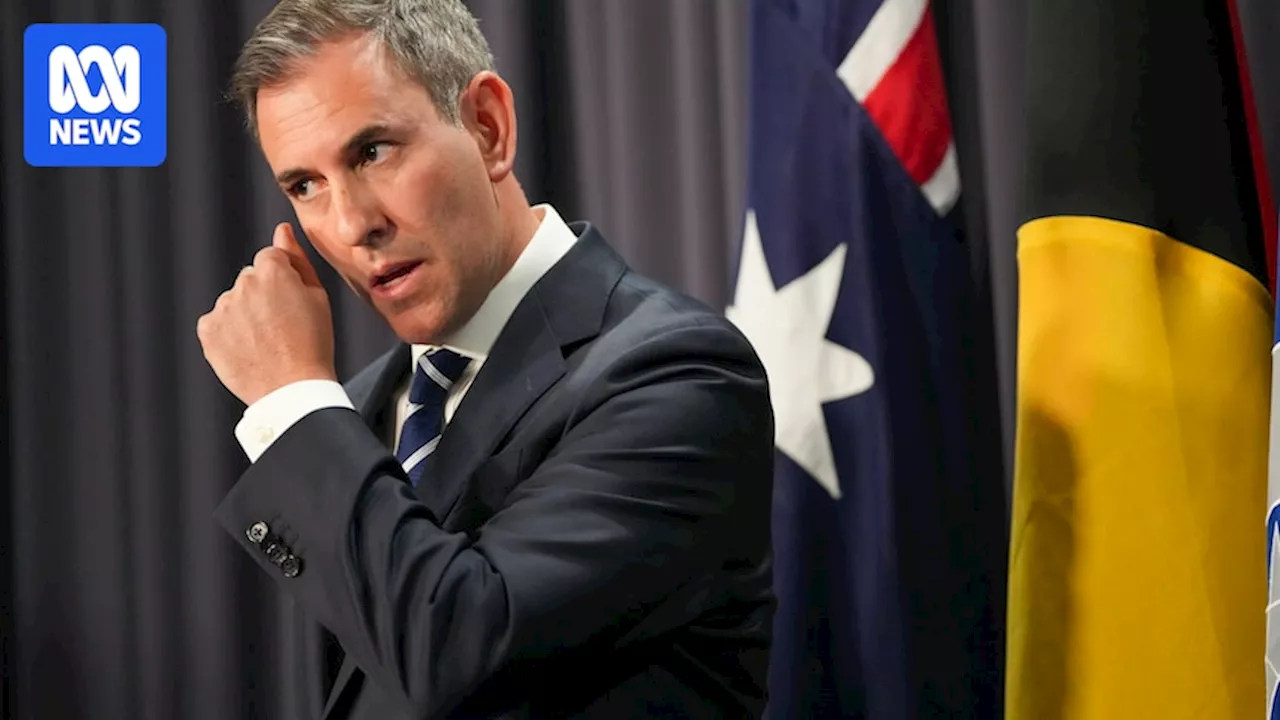 Budget Deficit Widens as Spending Outpaces RevenueAustralia's budget deficit is projected to grow in the coming years due to increased spending exceeding revenue gains.
Budget Deficit Widens as Spending Outpaces RevenueAustralia's budget deficit is projected to grow in the coming years due to increased spending exceeding revenue gains.
Read more »
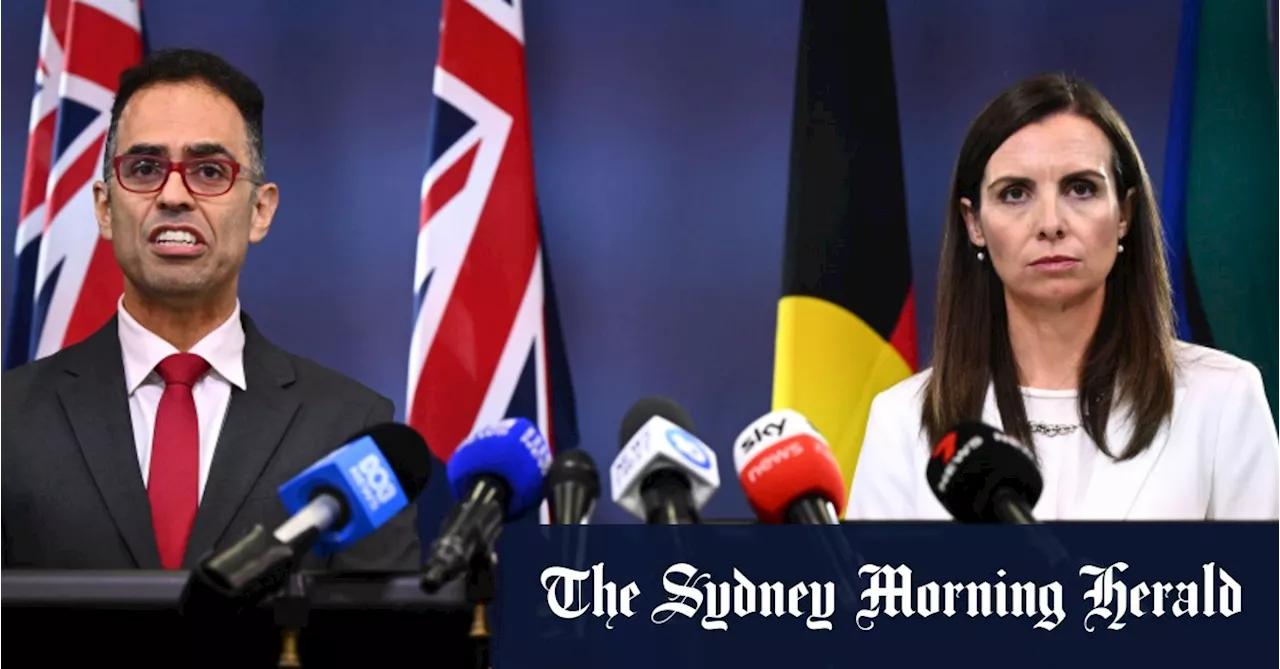 NSW Budget Deficit Widens Amid Global Economic UncertaintyThe NSW budget has faced a deterioration of $1.3 billion since June, primarily due to a decline in stamp duty revenue and unexpected increases in insurance, compensation, and interest expenses. While the deficit is projected to improve by 2027-28, the government warns of potential risks from the US and China's trade policies.
NSW Budget Deficit Widens Amid Global Economic UncertaintyThe NSW budget has faced a deterioration of $1.3 billion since June, primarily due to a decline in stamp duty revenue and unexpected increases in insurance, compensation, and interest expenses. While the deficit is projected to improve by 2027-28, the government warns of potential risks from the US and China's trade policies.
Read more »
